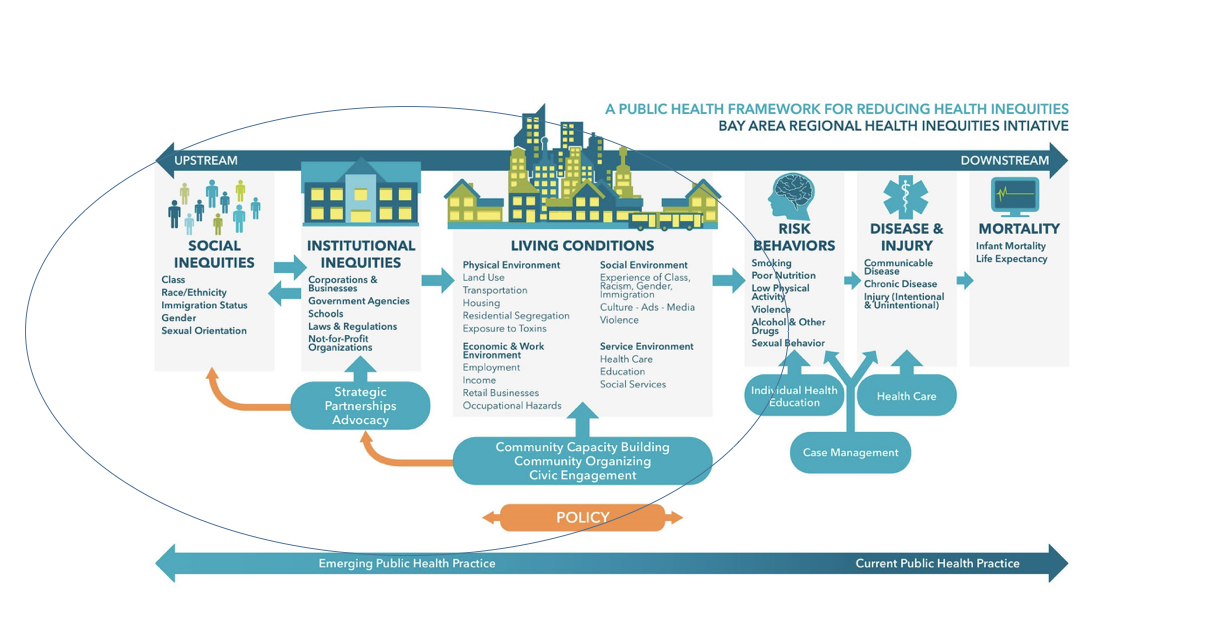Connecting NHP Reports to Community Priorities
The local health data included in the Neighborhood Health Partnerships Program can be utilized by local communities in many different ways. These reports can be used to identify community needs, inform planning processes, identify disparities, engage community stakeholders, support targeted strategic planning, measure progress toward desired goals, promote health in all policies, target services to populations, plan new services, and surveillance of community health. This action tool will assist communities and their patients in using the reports to serve community priorities.
To see some ways that communities have used local health data, The State of Minnesota Department of Health’s Connecting Communities with Data: A practical guide for using electronic health record data to support community health (pdf) offers examples from a variety of communities.
Often, communities and community-serving groups have an existing list of priorities, including an action plan. Community efforts may be tied to a county-wide Community Health Needs Assessment (CHNA/CHA) and Community Health Improvement Plan (CHIP). The University of Wisconsin Population Health Institute has compiled CHNA/CHAs and CHIPs from hospitals and health departments across the state for easy access.
For communities who are working on identifying a list of priorities, County Health Rankings and Roadmaps has a detailed series of activities that can be used to Assess Needs and Resources. These activities can be used to understand current community strengths, resources, needs, and gaps. This can help community members decide where and how to focus their efforts. The Neighborhood Health Reports can be used in several of these activities.
Additionally, Community Tool Box has an Assessing Community Needs and Resources toolkit that highlights strategies that can be used to collect qualitative data from community members.
Once community priorities have been selected, The Neighborhood Health Partnership Program has created a curated list of Ideas for Taking Action connected to the different measures available in the reports.
Community priorities may be stated in language that is focused on community conditions and concerns. These community conditions often align with the social determinants of health (often referred to as the SDoH). According to the World Health Organization (WHO), the social determinants of health are the “conditions in which people are born, grow, live, work and age.” These circumstances, which are shaped by the distribution of money, power, and resources, are mostly responsible for health inequities.
In the Bay Area Regional Health Inequities Initiative (BARHII) framework below, the social determinants of health can be shown as upstream causes (social inequities, institutional power, living conditions) that ultimately impact downstream outcomes (risk behaviors, disease and injury, mortality).

The reports primarily show downstream outcomes (e.g. diabetes or smoking rates). However, the priorities of community groups are often centered around upstream causes. These upstream causes can include employment, housing, education, food security, and parks/green spaces. Connecting the reports to upstream causes will help make them applicable and actionable. For example, a community group may want additional parks and sidewalks for their neighborhood. A lack of exercise is a well-researched risk factor for developing type 2 diabetes. Thus, a report highlighting a high rate of diabetes within a ZIP code may help residents show why additional parks and sidewalks are needed to help community members exercise safely outside.
In considering different community conditions and drivers of health, local health data included in the reports can complement existing data gathered by public agencies and community organizations. It is important to take time to locate and access existing local data.
For more on the social determinants of health and local data resources, please check out our Resources page.
Coming Soon! Examples from the Field
Once the NHP pilot is complete, the NHP team will add examples of ways that people from across Wisconsin have used the reports to advance community priorities.

